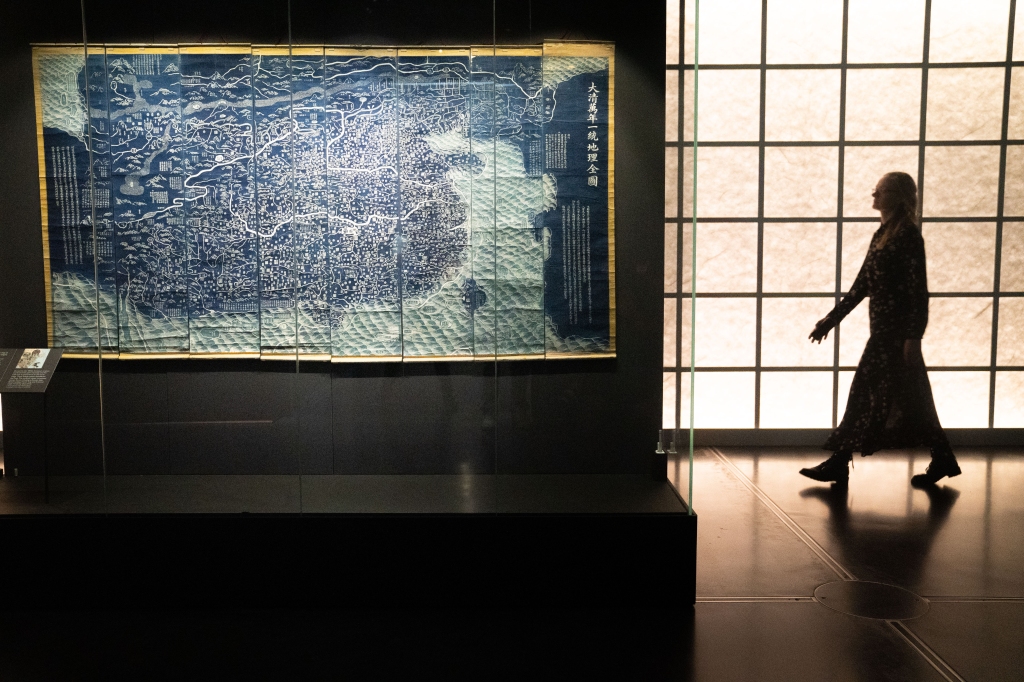New York City Bill Proposes Adding Context To Public Art, Monuments, and School Names Linked To Slavery And Other ‘Crimes Against Humanity’
The New York City Council is considering a bill that its supporters hope will add context to hundreds of work of public art and statues around the city, according to a report last week by Gothamist.
The bill would require the Public Design Commission (PDC) to locate “works of art on City property that depict a person who owned enslaved persons or directly benefitted economically from slavery, or who participated in systemic crimes against indigenous peoples or other crimes against humanity,” according to the New York City Council Legislative Research Center. The PDC could then either remove the piece or install a plaque on or near it to explain why the work can be considered problematic. The proposed bill’s scope includes name of schools.
One of the bill’s 18 sponsors, Sandra Nurse of the 37th City Council District in Brooklyn, was among the protestors and activists that marched with thousands of New Yorkers during the 2020 Black Lives Matter protests. Nurse said she sees the bill as an evolution in her way of thinking and tactical approach to combating racism and its history in New York City.
“I wanted to go out there and be part of toppling something [in 2020],” Nurse told Gothamist, whereas now, “as a legislator I have to look at what the law can do.”
Gothamist points out that Nurse’s position falls in line with what elected officials and historians have called a “subtle shift” within communities of color, with advocates in those communities calling for context and education instead of rage and destruction.
Cynthia Copeland, a public historian who previously served as co-chair of the Reparations Commission of the Episcopal Diocese of New York told Gothamist that she believes “the temperature has come down. We are at a point where there has been some distance and I think that people have sort of taken a breath.”
Should it pass, the bill poses a logistical challenge for the city, which owns 2,500 pieces of art, each of which would have to be inspected and their history researched in detail to learn if the if a work could be considered offensive. The enormous task would come under the purview of the city’s PDC, which has jurisdiction over “City-owned property in general” including “maintenance, repair, removal, relocation or alteration of works of art” and “Advisory oversight of works of art,” according to the city’s website.
The subject of removing statues and monuments is delicate and often fraught with emotion and charged cultural identity. For years, there have been calls by Indigeous Americans to take down the statues of Christopher Columbus, a figure seen by many as initiating a genocide of indigenous peoples. Meanwhile, Italian-Americans have long celebrated Columbus as an icon of Italian-Americans and immigration to the new world.
Copeland has said that keeping controversial monuments, with the context added by the proposed bill, would be a boon for the city and do much to educate its citizens. ““We have a huge city with lots of monuments and landmarks,” Copeland told Gothamist. “What a great teaching space. The city is a laboratory.”



